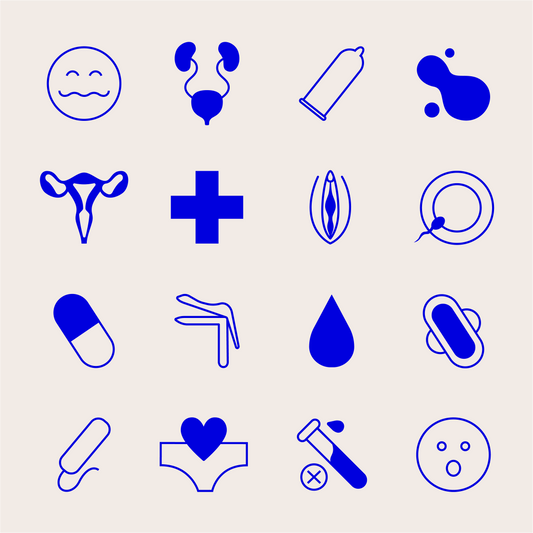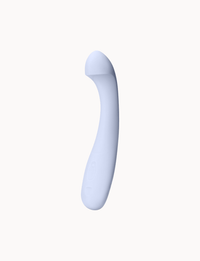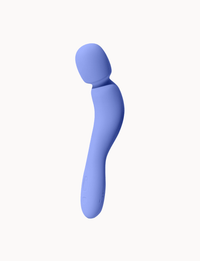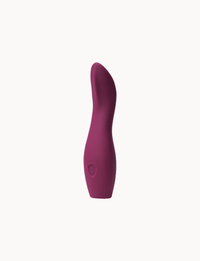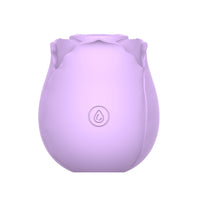Amidst the chaos of giving birth and managing a newborn, a c-section, also known as a cesarean section, often gets downplayed as a minor battle wound, but let’s call it what it is: a major abdominal surgery. It’s important to know how to take care of this healing tissue to minimize the chances of long term pain and maximize your recovery. Scar mobilization techniques can be immensely helpful for both improving function and decreasing pain.
What is a C-section?
A c-section is a procedure done to remove a fetus from a uterus. “It is now the most common surgery performed in the United States, with over 1 million women delivered by cesarean every year. The cesarean delivery rate rose from 5% in 1970 to 31.9% in 2016.” It’s hard to pin down exactly why rates are rising, which vary significantly between counties and even within geographic regions of the US, but causes may include “health sector policies and financing, cultural norms, perceptions and practices, rates of preterm births, and quality of healthcare”.
Primary cesarean rate, which is when a c-section performed for a first delivery, hovers around 22.4%, or about a quarter or all births in the United States. This matters because most birthing people who undergo a cesarean delivery for this first birth will often choose this delivery method again for subsequent births (up to 86.1% in 2020), instead of opting for a vaginal birth after cesarean (VBAC). C-sections can be elective, or done in the cases of an emergency when a vaginal delivery is not possible or feasible, and may sometimes be the only way to safely deliver a baby.
Regardless of the circumstances, let’s not neglect that this is a major abdominal surgery, involving cutting both the abdomen and the uterus. Because we’re cutting so many layers of tissue, 77.4% of people have pain immediately post-op, 9.2%-18.6% go on to have chronic pain after an elective cesarean, lasting more than 3 months. Luckily, there’s a lot we can do to mediate this pain.
The anatomy of a C-section
Seven (yes, seven!) layers of tissue are cut during a c-section. In order, the layers cut are:
- Skin
- Subcutaneous tissue, often made up of fat
- Fascia over the rectus abdominis muscle (6-pack muscle)
- Rectus abdominis (6-pack muscle)
- Transveralis fascia (fascia on the back side of the 6-pack muscle)
- Parietal peritoneum
- Uterus
All of these tissue layers have to move well again as the scar heals. There’s also several important nerves, such as the inguinal and iliohypogastric nerve, close by to where this incision happens. A scar can affect the nerve’s sensory component, causing abdominal pain, or its motor component, causing muscle weakness. These two nerves provide sensation to the area above the pubic bone, and muscle function to the deep abdominals (transversus abdominis) and internal obliques.
When to start scar mobilization? And how often should you perform it?
The incision should be fully healed before performing any scar mobilization techniques, which typically takes around 6 weeks. If your scar is fully healed before that and you have an ok from your healthcare provider, go for it! Scar mobilization can be performed daily as long as there are no adverse effects (redness, pain, bruising, dehiscence of stitches).
Scar mobilization techniques
A variety of techniques can be used to mobilize a c-section scar. This is not a hierarchy and one technique is not better than any other- different techniques work for different folks.
- Indirect technique: this is a technique that is designed to actually take tension off of the scar, and works by ‘resetting’ the nervous system. Move your fingers vertically, over the scar until you feel tension or pain. Place your index and middle finger on one side of the painful/tight area, and your index and middle finger on your opposite hand on the other side. Gather the tissue towards one another, and move the tissue in the direction of least resistance. Hold until you feel the tissue soften. Repeat, moving horizontally along the scar.
- Direct technique: similar to the indirect technique, first figure out which portion of the scar you’d like to work on. Place your index and middle finger on one side of the painful/tight area, and your index and middle finger on your opposite hand on the other side. Gently pull your fingers apart, and move the tissue into the direction of resistance. This technique might feel like a slight pinch, but should not be painful. Hold until you feel the tissue softening.
- Skin rolling: pick up the c-section scar between your thumb and index finger on both hands, and roll it back and forth, like rolling a pen or pencil.
- Stretching: place your index and middle fingers on one hand above your c-section scar, and index and middle fingers on your opposite hand below the c-section scar. Move the hands in opposite directions in multiple planes of motion- vertically, horizontally, on the diagonal.
Exercises for trunk mobility
Beyond manual techniques for scar mobility, exercises that help to mobilize the trunk and stretch the scar can be particularly useful, especially because the first postpartum phase is often sitting, reclining or laying.
- Thread the needle: starting on all fours, unweight one arm and reach it horizontally and then upwards to the ceiling, rotating your trunk with it. Then ‘thread’ that arm by reaching it under your abdomen and through the space created between your opposite arm with your hips, rotating in the opposite direction. Repeat.
- Cobra: start by laying on your stomach, and use a pillow under your hips if the pressure on your scar is too uncomfortable. Place your palms flat on either side of your chest, and slowly peel your chest up off the floor, arching through the upper back. Bring the chest back down to the floor, then repeat.
- Cat/cow: starting in an all fours position, start by rounding the back, tucking the tailbone forward towards the nose and pressing downward into the hands. Reverse this motion by arching your back, lifting the head and tailbone upwards. Repeat.
Does scar mobilization work?
A small case study looked at fascial mobilization for c-section scar pain and found up to a 79% increase in pressure tolerance over 4 weeks. A randomized controlled trial compared generalized abdominal massage and superficial skin rolling (a more generalized technique) to abdominal myofascial release and direct deep scar mobilizations (a more specific technique, potentially hard to replicate at home). The study found that both groups showed significant improvement in pain and scar mobility, with no difference between techniques. This tells us that you don’t have to be an expert in scar massage to make a difference in pain or mobility!
With consistency and intention, improving scar mobility and trunk mobility can make all the difference. If you’re not sure where to start or would like some more specific guidance, regardless of the age of the scar, find a pelvic floor physical therapist near you who can help create a more individualized plan of care.





